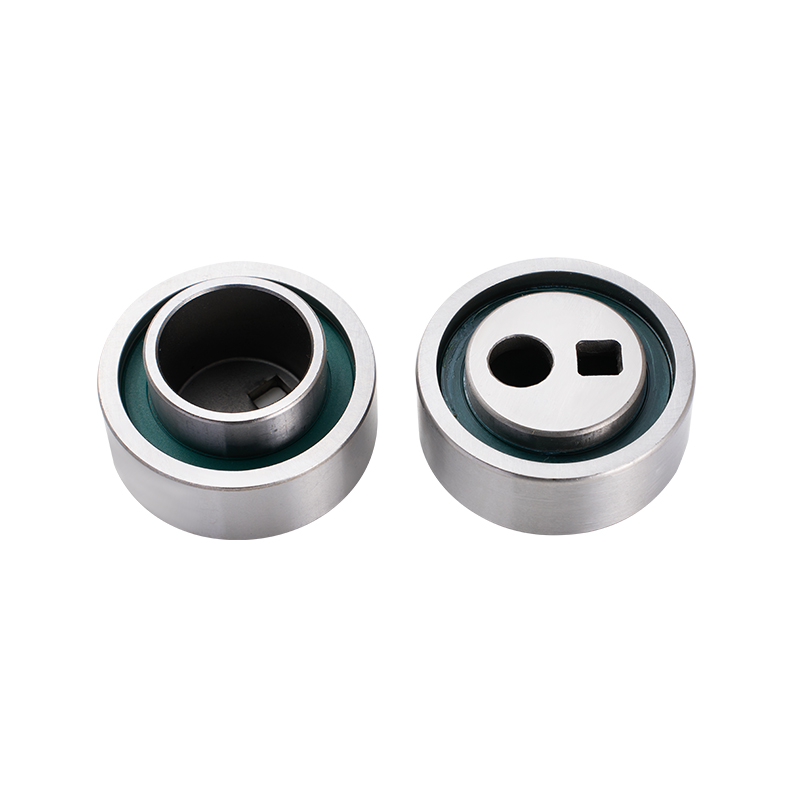
The VKM74200 bearing is commonly used in automotive and industrial applications, offering reliable performance under varying conditions. For engineers and maintenance teams, understanding the expected lifespan of a VKM74200 bearing is crucial for scheduling maintenance and preventing unexpected downtime.
Manufacturer Specifications and Rated Life
Bearings such as the VKM74200 are designed with specific load ratings, materials, and tolerances. Manufacturers often provide a rated life based on standard operating conditions, typically expressed in millions of revolutions. Under these ideal conditions—proper installation, adequate lubrication, and moderate load—the VKM74200 bearing can function effectively for several years in automotive or industrial use.
It is important to note that rated life is an estimate under controlled conditions. Actual service life may differ due to environmental factors, installation quality, and operational stresses. Understanding manufacturer specifications helps users set realistic expectations and maintenance schedules.
Load and Operating Conditions
The lifespan of a VKM74200 bearing is highly dependent on the loads it experiences. Bearings subjected to continuous heavy loads or shock forces tend to wear faster. Conversely, lighter or evenly distributed loads can extend service life.
Operating speed is another factor. Bearings running consistently at high RPMs may experience increased heat and friction, which can shorten lifespan. VKM74200 bearings are engineered to handle a range of speeds, but proper matching to application requirements is critical for longevity.
Lubrication and Maintenance
Proper lubrication plays a vital role in extending the life of a VKM74200 bearing. Grease or oil reduces friction, prevents corrosion, and helps dissipate heat generated during operation. Bearings with inadequate lubrication are prone to premature wear and potential failure.
Routine maintenance, such as checking for lubricant degradation, cleaning, and reapplying grease, can significantly extend service life. Many maintenance teams use manufacturer-recommended lubrication schedules to ensure bearings like the VKM74200 continue to operate reliably over time.
Environmental Factors
Environmental conditions also affect the durability of VKM74200 bearings. Exposure to dust, moisture, chemicals, ortemperatures can accelerate wear. Bearings installed in harsh environments may require seals, shields, or protective housings to maintain performance.
Corrosion resistance and material selection are critical. High-quality VKM74200 bearings often use alloy steel or coated surfaces to withstand environmental challenges, helping to maintain consistent operation even in demanding conditions.
Signs of Wear and Replacement Timing
Monitoring for signs of wear can prevent unexpected failures. Noise, vibration, or increased operating temperature may indicate that a VKM74200 bearing is approaching the end of its useful life. Regular inspections allow maintenance teams to replace bearings proactively, reducing downtime and avoiding damage to surrounding components.
Replacement intervals vary widely depending on the factors mentioned above. Many users find that VKM74200 bearings in standard automotive applications last anywhere from 50,000 to 100,000 kilometers, while industrial uses may see different lifespans based on load, speed, and environment.
The lifespan of a VKM74200 bearing depends on a combination of manufacturer specifications, load conditions, lubrication, and environmental factors. While rated life provides a useful reference, actual durability will vary with application and maintenance practices. Proper installation, regular lubrication, and proactive monitoring are key to achieving reliable service from VKM74200 bearings. By considering these factors, engineers and technicians can ensure consistent performance and minimize unexpected downtime in both automotive and industrial systems.



 English
English русский
русский
